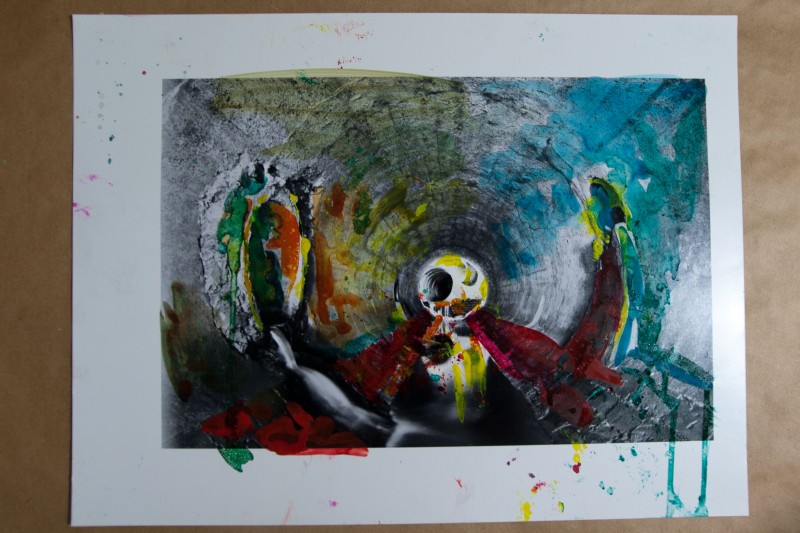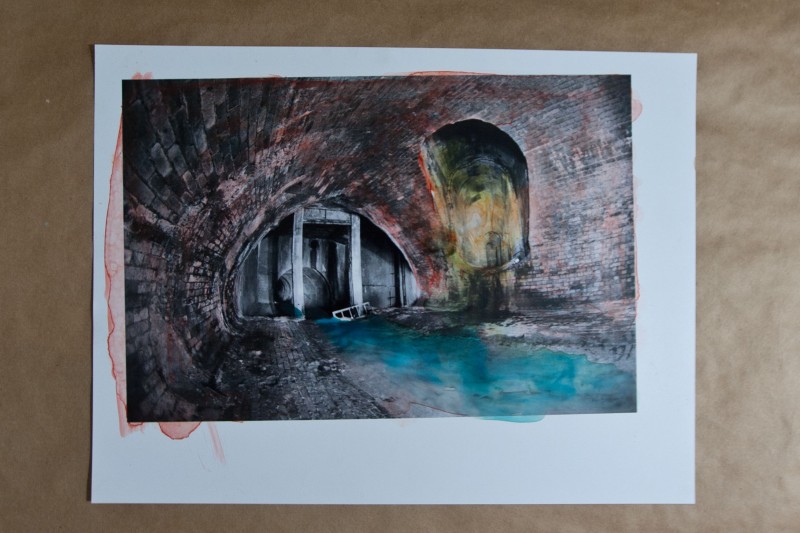The exploration of clandestine urban spaces took place before the cameras became widely available. But it was only when photography became accessible for an average explorer, that they took a camera with them for the first time.
Why did they press the shutter release button?
A photo of a place unavailable for the general public is a proof of the individual’s sensual experience, an undoubted argument of presence. It is an attempt to appropriate something that, as a matter of fact, can’t possibly belong to the photographer.
Besides, from the view of public opinion, the explorer-photographer becomes a hero that goes beyond the boundaries of the ordinary. The eduction of the hidden is the brave mission that the urbex photographer sets upon himself.
But let’s have a detailed look at the result of his work. The picture of a decomposing basement, raging sewer or decaying factory declares that it is as good as any other photograph, and the view captured on it is also a subject of admiration. Thus, it becomes equalized in rights with all other photographic representations of the beautiful. A photograph of the inaccessible parts of the city reveals the beauty of the utilitarian facilities that were constructed only for satisfying human needs.
However, the spreading of photography asserts only the depletion of the emerged concept of its beauty. It becomes too common and hackneyed. You can close your eyes and visualize the ruins of Detroit, Chernobyl, or any other underground or aboveground posted online too often. The subject becomes something boring or even vulgar because it looks like to many of its photographs.
Apart from the devaluation of the photographed place, the methods utilized by underground or industrial photography aren’t for the benefit of its originally assigned tasks. Reality is adorned by the very fact of being photographed, but the photographer tends to beautify the picture even further. The conditions of photography in the dark allow the use of freezelight and other most diverse means of lighting, while post-processing allows editing and toning the result into the most daring combinations of color. The most surprising is the fact that the very same methods are so widespread (especially I can note that it applies to photos from countries of the ex Soviet Union), and the resulting images are identical. Authors can be generally distinguished by different angles of their lens or the sharpening applied during editing.
The acquired result blurs the boundaries of reality and fiction. If a regular photograph from the surface in its relation with reality can be compared like a snapshot in relation to a full movie, then the sophisticated urbex photography is comparable to the overlay of all the frames of the movie. These methods create an additional reality, even more clogged with mottled images.
There is no reason why random, accidental, unusual or technically imperfect shots could be less interesting. Those photographers likewise admire the subject of the photograph. And they do it much more honestly than the people who prefer taking beautified photos, redrawing the subject matter into some gingerbread house. A remarkable photograph is something wider than its formal correctness or correspondence with reality, but it cannot be a plausible falsification.
In addition to all above, laborious methods of shooting lead to the perception of reality as a series of photographs. The camera appears in between the explorer and subject of exploration. It leads to a more superficial attitude, to the domination of image over meaning. A picture of a technical room can give the illusion of understanding its functioning, but not to actual understanding. Collecting replaces awareness. The place of exploration becomes the consumable product of photography.
As a result, the order of cause and effect changes – not photography for urban exploration, but urban exploration for photography.



